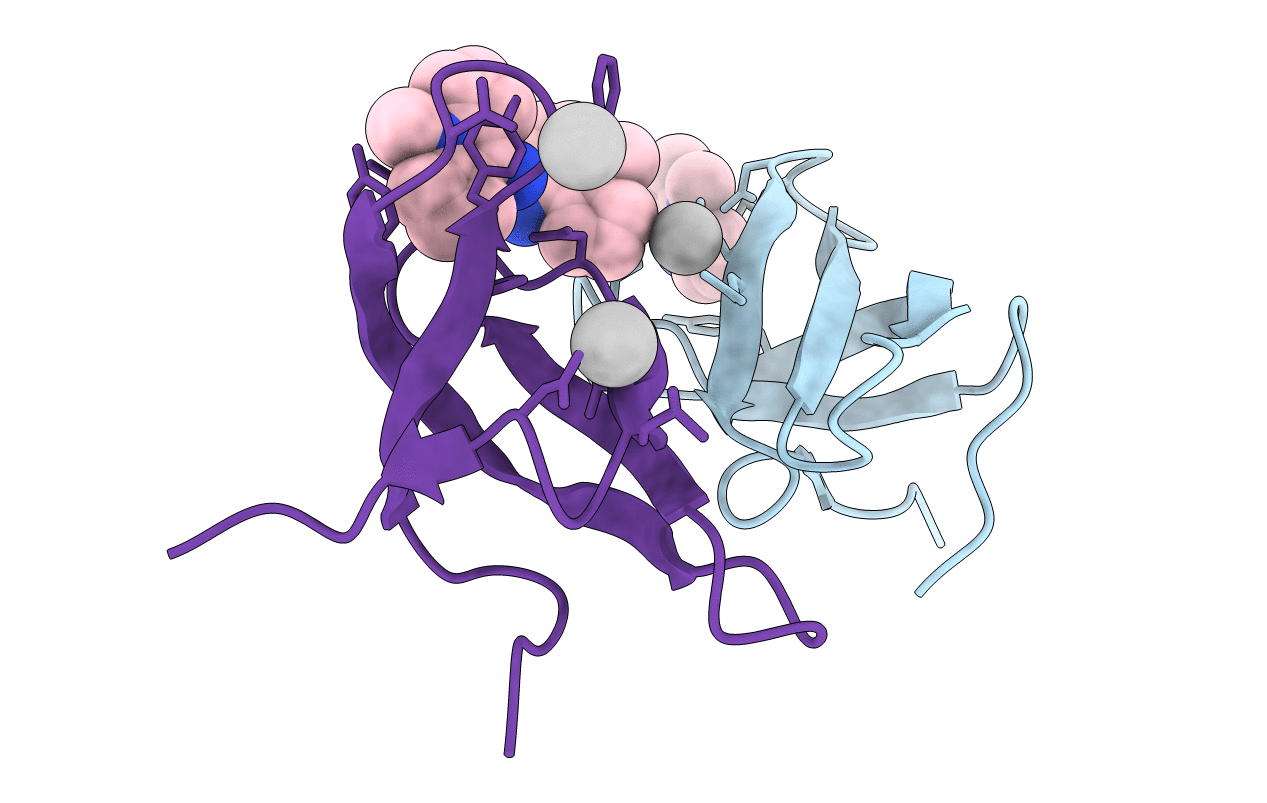
Deposition Date
2019-12-16
Release Date
2019-12-25
Last Version Date
2023-10-18
Method Details:
Experimental Method:
Resolution:
2.15 Å
R-Value Free:
0.22
R-Value Work:
0.19
Space Group:
H 3 2


